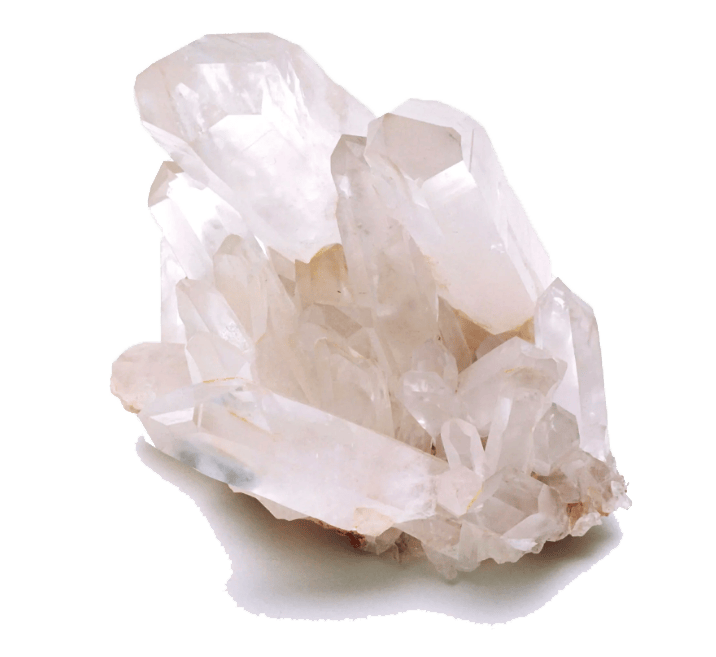WHY.V 0.32 ▼ -3.0303% Volume: 59700 Day Range: 0.32 - 0.34 Last Updated: 2024-07-27 04:00

What is Silica?
Silicon dioxide, also known as silica, is an oxide of silicon with the chemical formula SiO2, most commonly found in nature as quartz and in various living organisms. In many parts of the world, silica is the major constituent of sand. Silica is one of the most complex and most abundant families of materials, existing as a compound of several minerals and as a synthetic product. Notable examples include fused quartz, fumed silica, silica gel, opal and aerogels.
Silica Uses
- Semiconductors – Pure silicon’s atomic structure makes it extremely effective as a semiconductor. It has the conductive properties of both a metal and an insulator, therefore silicon can conduct and block electricity. This makes silicon the perfect material for switching mechanisms.
- Solar panels – Silicon is frequently used in solar panels as a semiconductor. It is a cost-efficient material with good energy efficiency. It also has high corrosion resistance, long-term durability, optimal thermal expansion properties, good photoconductivity, and low toxicity.
- Structural materials – Silica sand is used in buildings and roads in the form of portland cement, concrete, and mortar, as well as sandstone.
- Electrical insulation – Silica is a good insulator rather than good conductor because, silicon atoms are completely bonded with nearest four atoms for this reason any electrons are not left to produce conductivity of electricity.
- Glass – Silica sand is the primary source of silicon dioxide that is essential in the manufacture of glass.
- Microelectronics – Silicon wafers are made using a type of sand called silica sand, which is made of silicon dioxide.
- Food – Silicon dioxide is also added to many foods and supplements. As a food additive, it serves as an anticaking agent to avoid clumping. In supplements, it’s used to prevent the various powdered ingredients from sticking together.
- Pharmaceutical industries – silicon dioxide (also known as colloidal silicon dioxide) has many uses in tablet-making, including as an anti-caking agent, adsorbent, disintegrant, or glidant to allow powder to flow freely when tablets are processed.
